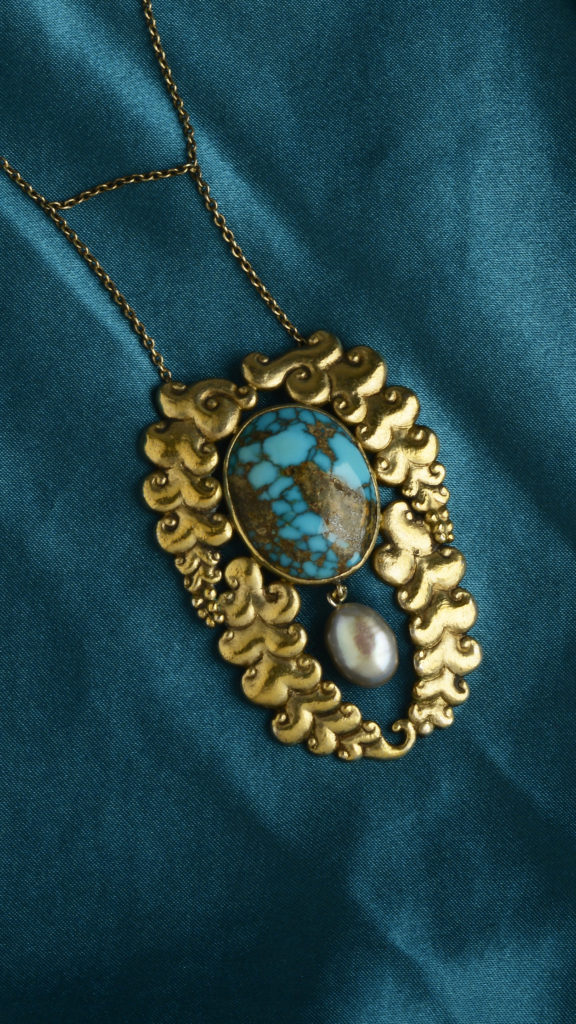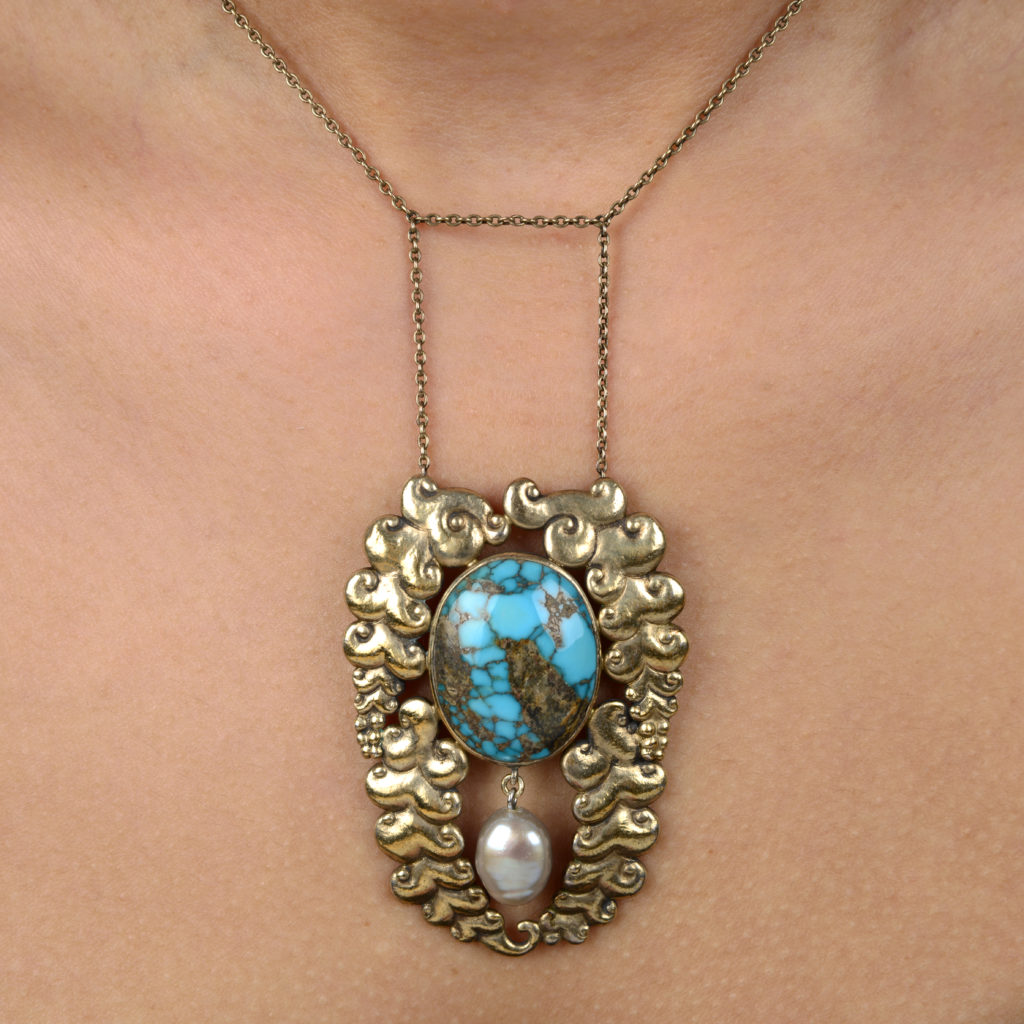The Vienna Secession
The Vienna Secession was founded in 1897. It was a revolutionary art movement in Vienna, Austria. It emerged as a response to the academic constraints of traditional art and aimed to break free from conventional norms. This is similar to the ideas of the Arts & Crafts movement which mainly took place in England. The Secessionists, who included artists like Gustav Klimt, believed in the autonomy of art. They emphasized the need for innovation as well as individual expression. They sought to create a platform for avant-garde artists to explore new styles and ideas.
The Secessionists embraced various art forms, including painting, sculpture, and architecture, fostering a collaborative and interdisciplinary approach. One of their most iconic achievements was the construction of the Secession Building, a unique structure designed by Joseph Maria Olbrich, featuring a distinctive dome covered in golden laurel leaves.
Wiener Werkstätte
Two of the founders of this movement, Koloman Moser and Josef Hoffmann, went on to create the Wiener Werkstätte in 1903: literally, Vienna Workshops. The workshops brought together a diverse group of artists, including architects, designers, and craftsmen, to nurture collaboration and innovation.

Influenced by the ideas of Gesamtkunstwerk, or total artwork, the Wiener Werkstätte aimed to create integration between various artistic disciplines, such as architecture, furniture, textiles, as well as graphic design. Renowned for their distinctive geometric patterns and sinuous simplicity, creations from these workshops became synonymous with the Art Nouveau and later the Secessionist movements. One area that flourished at these workshops, was jewellery. Characterised by geometric shapes and vibrant enamel work, the Wiener Werkstätte's jewellery showcased a harmonious blend of fine craftsmanship and artistic innovation. The jewellery embraced modern aesthetics, rejecting the ornate styles of the past.
Much like Arts & Crafts and Art Nouveau, Wiener Werkstätte's impact extended beyond Austria, influencing the development of modern design internationally. However, financial challenges and the upheavals of World War I led to the eventual dissolution of the Wiener Werkstätte in 1932. Despite its relatively short existence, the Wiener Werkstätte left an enduring legacy, shaping the trajectory of 20th-century design and emphasizing the importance of craftsmanship in the artistic process.













